One of the earliest methods of pottery decoration still being used today in Iran is underglaze. Similar to painting and drawing, underglaze allows you to make beautiful designs that cover pottery pieces.
Iran (IMNA) - It gives modest earthenware a professionally made look by any design, from simple strokes to intricate floral patterns, which adds character and depth to the surface.
The appreciation and tradition of underglaze go back a long way in Isfahan and many other Iranian cities for millennia. This is how some pre-Islamic and many post-Islamic ceramics have been adorned.
The term underglaze refers to any decoration that can be applied to a pottery surface in a fluid form typically before the glaze coating.
Colorants, clay, water, and a small quantity of frit make up the components of basic underglazes. Firstly, the outer side is painted with colored oxides, then a glittery glaze is applied over the entire surface of the vessel.
The finished product is more beautiful when heated for eight to ten hours at a temperature of about 1,000 degrees Celsius.
Here, the glaze serves as a protective coating as well as a decorative element. For uses like drinking and eating, glazing also adds to the functionality of pottery.
Some say, the ancient city of Isfahan is an open-air museum of handicrafts where potteries can be just as special as fine art.
AFM
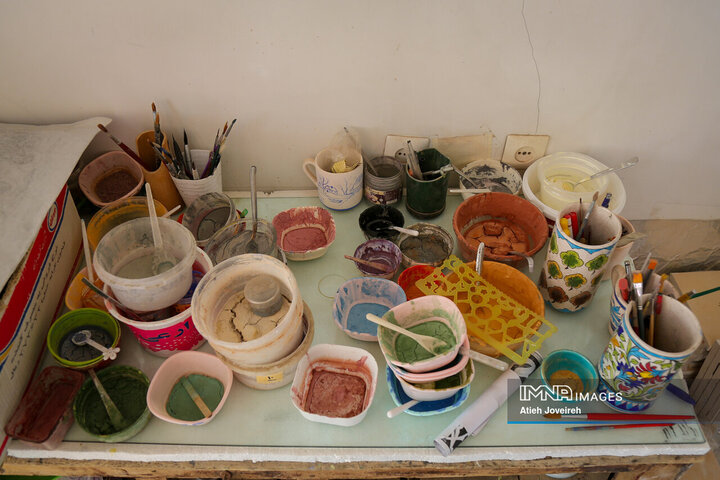

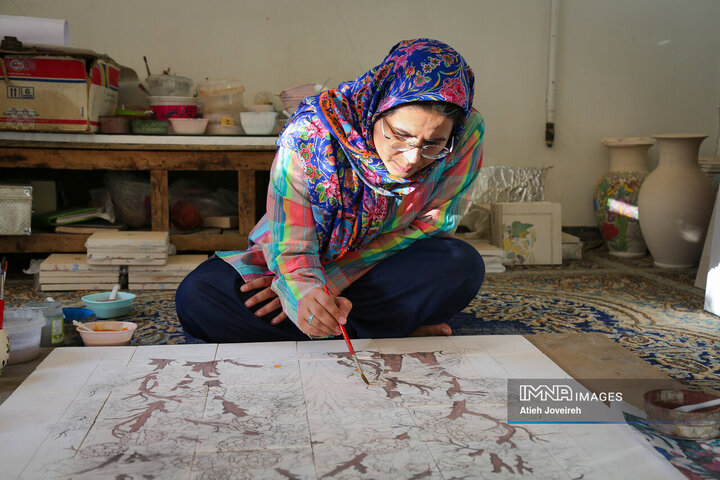
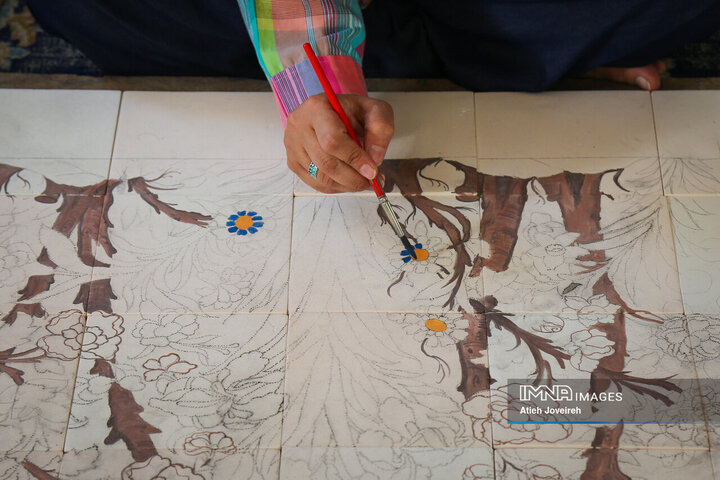
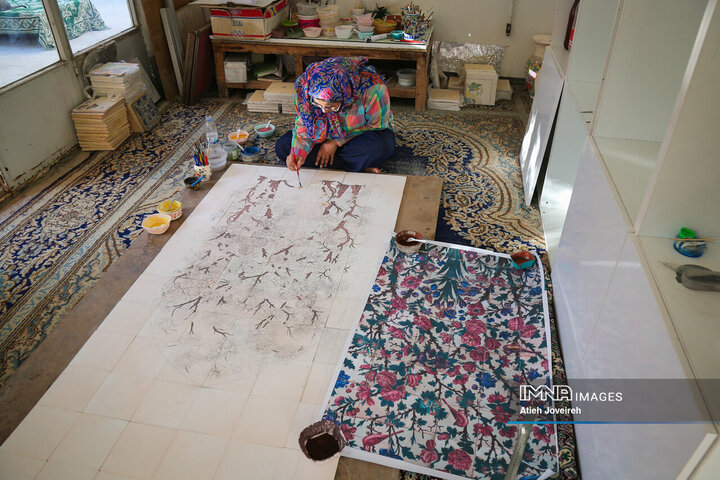
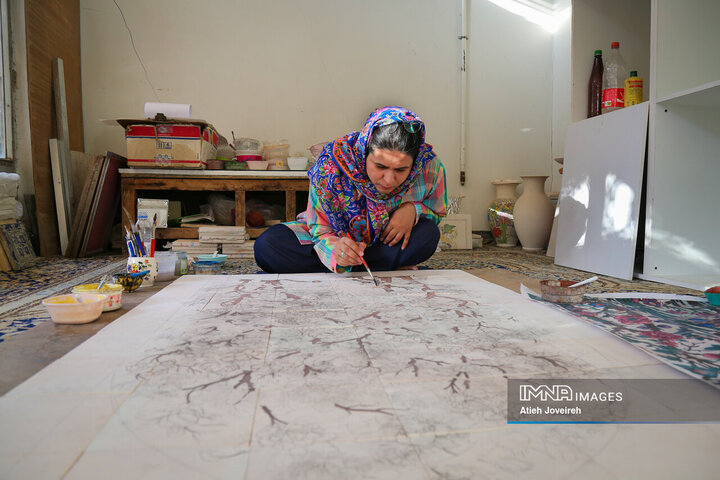
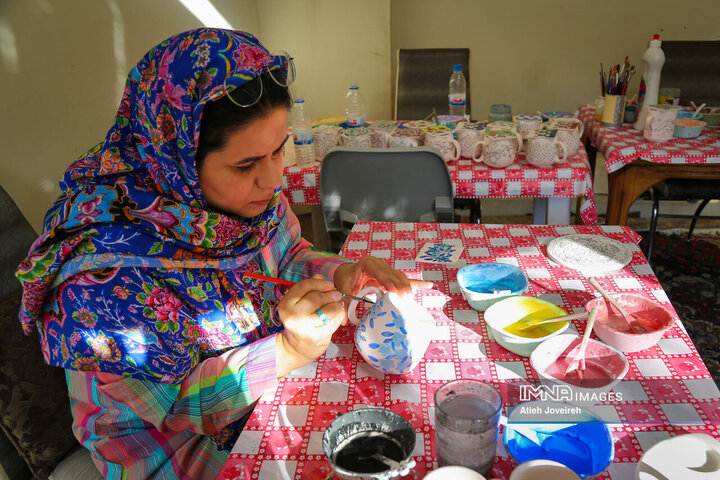
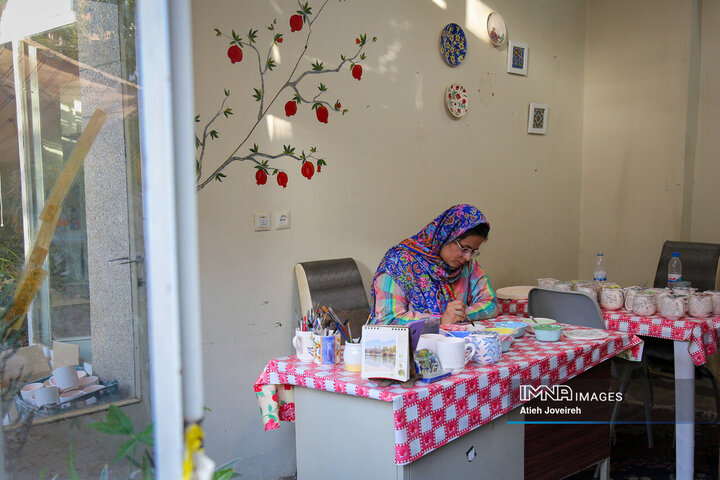
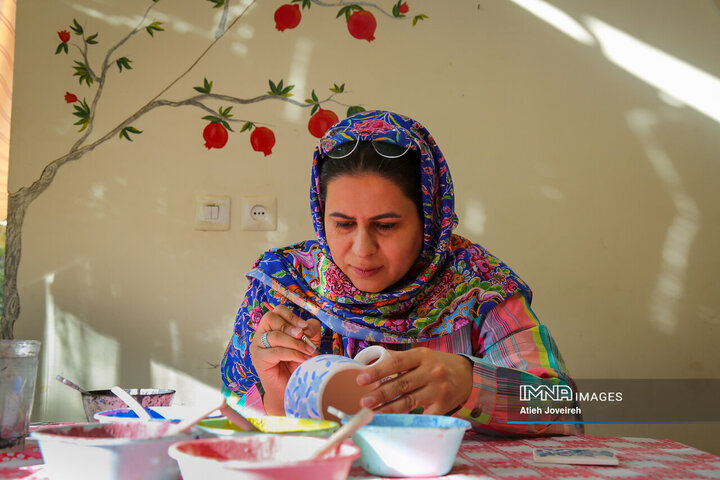

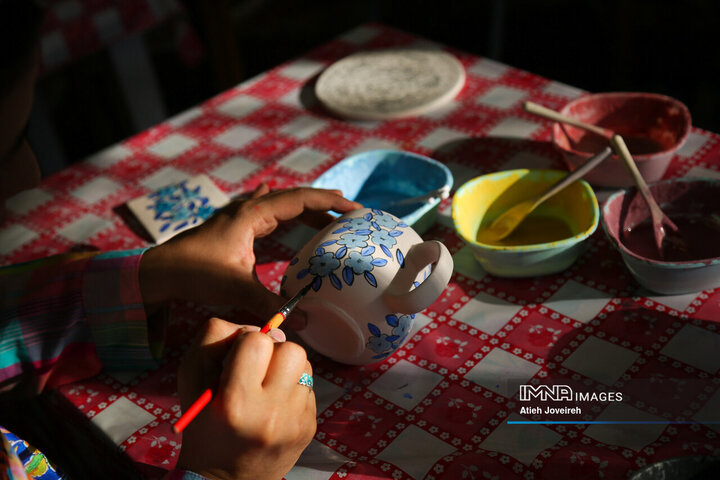

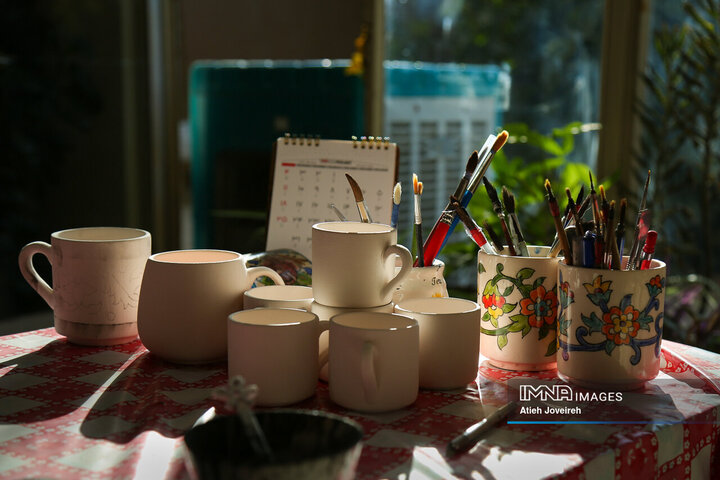
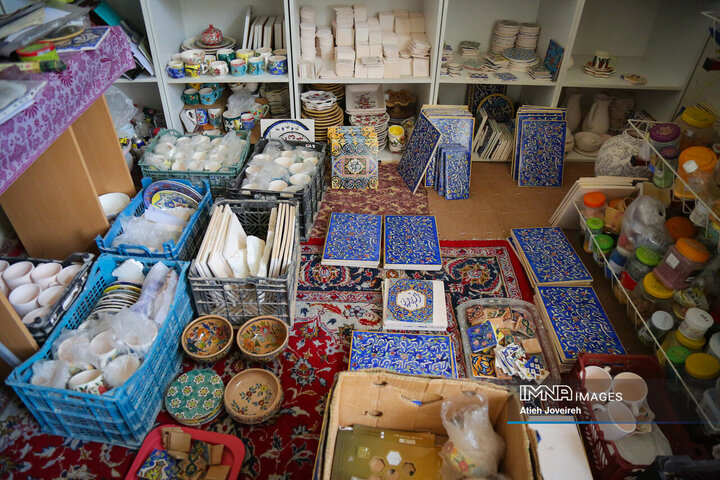
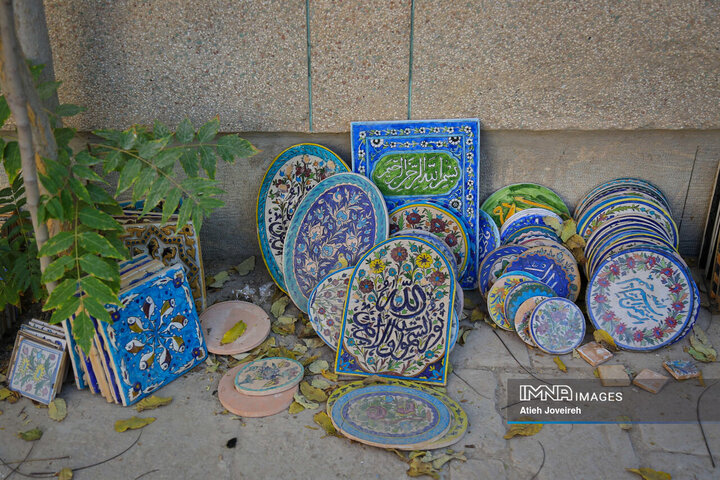
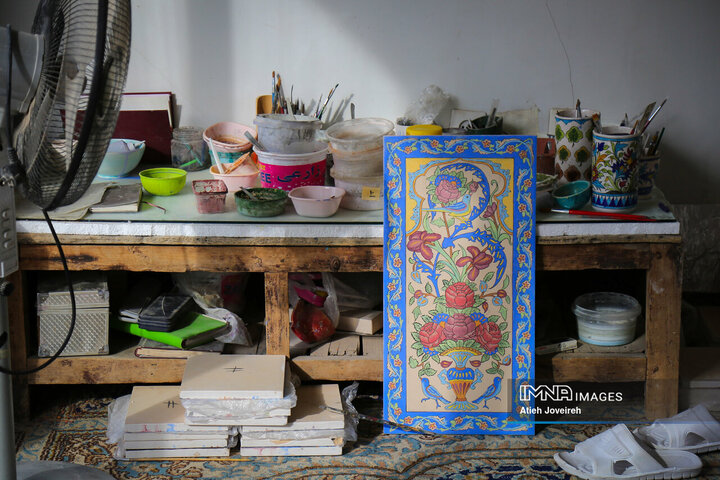
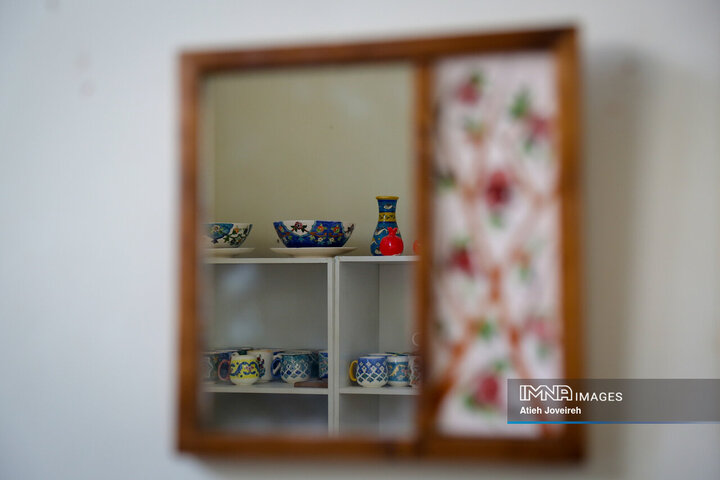
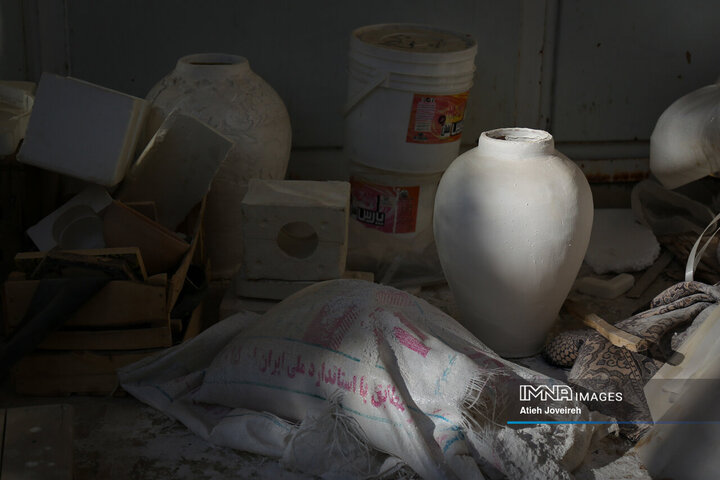
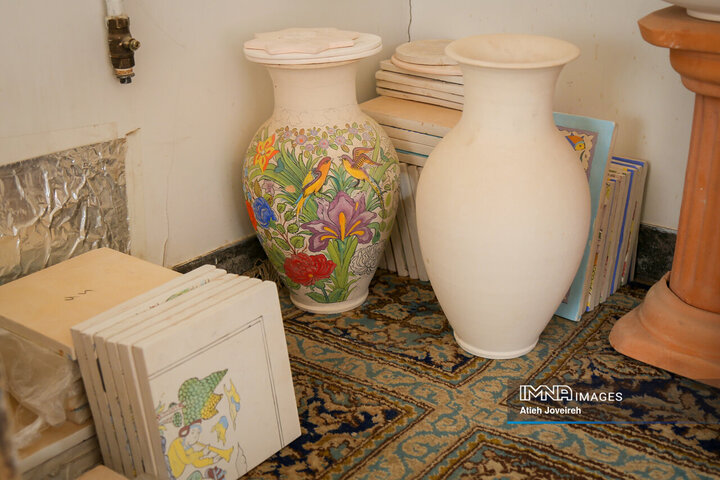
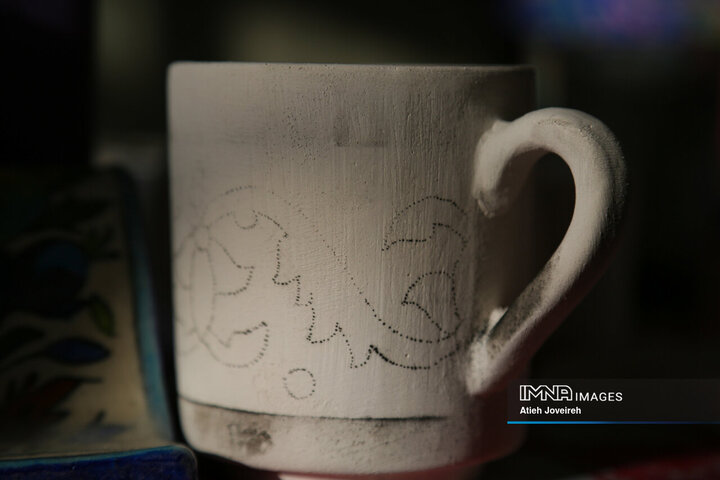
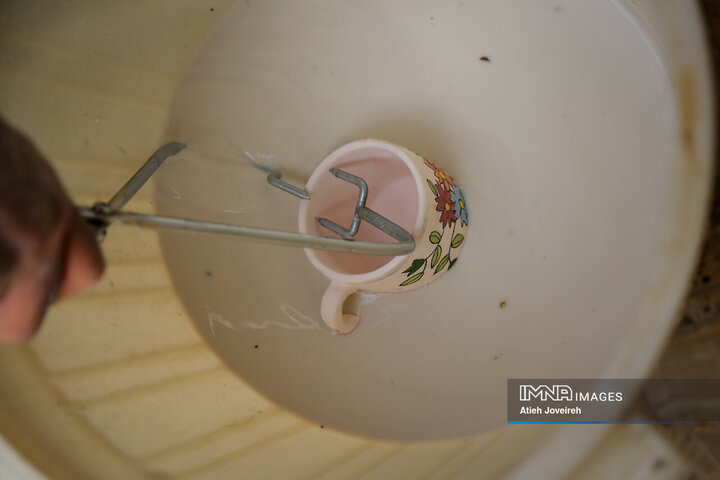
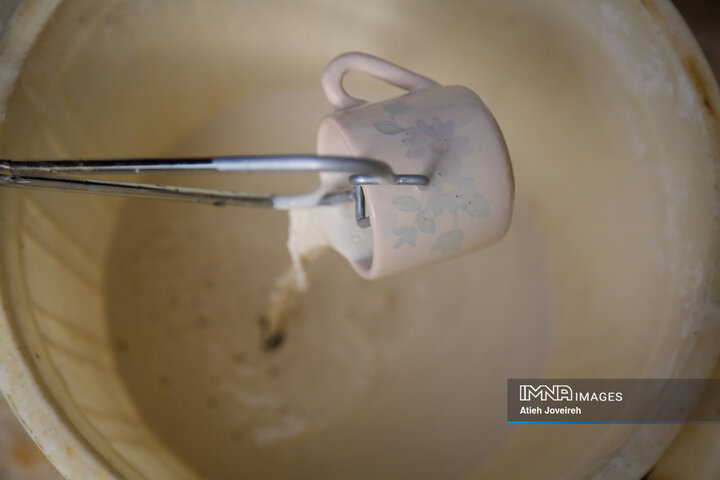
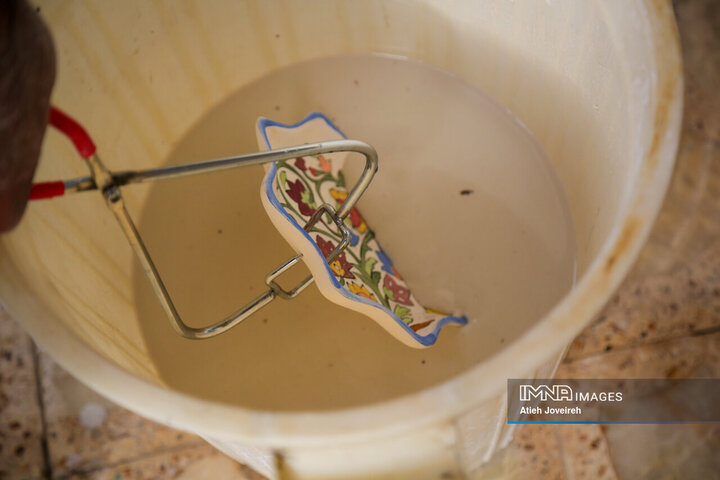
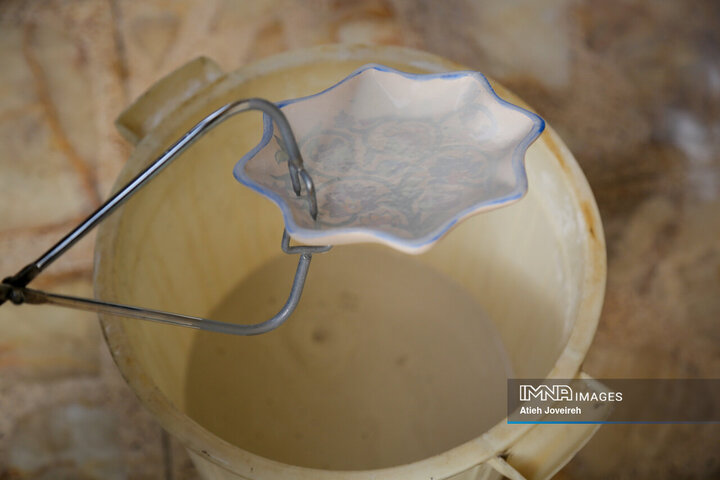
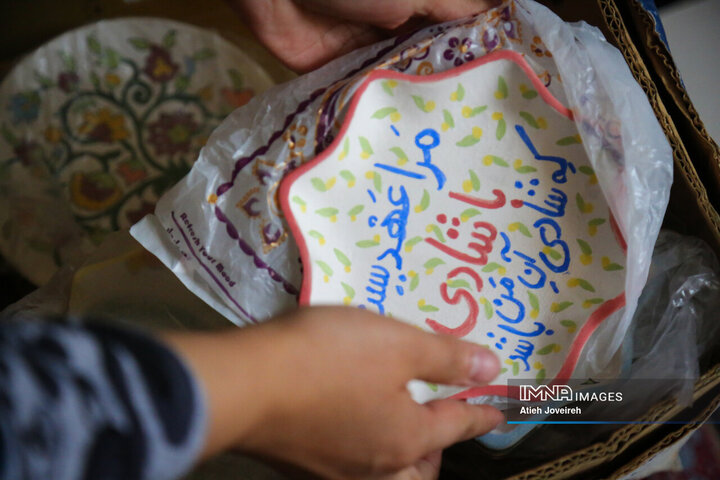
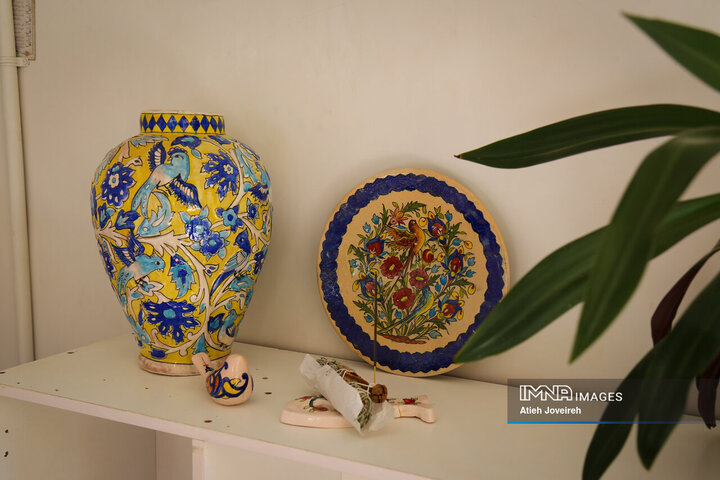
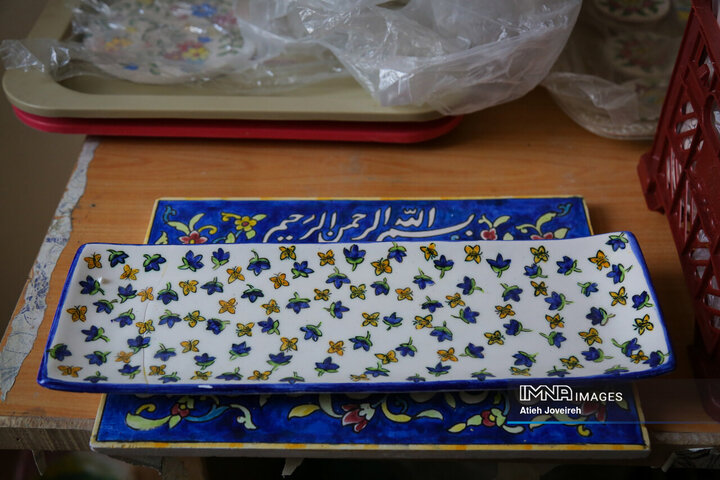
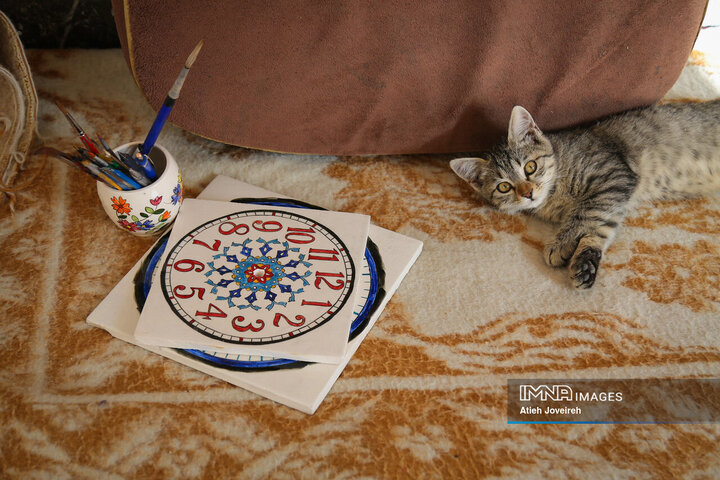
Your Comment